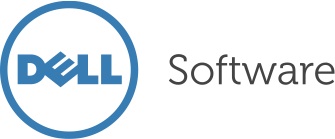Cyberthreats present serious, ever increasing risks to federal agencies. An April 2014 Government Accountability Office report notes that federal agencies reported 64,214 information security incidents to the U.S. Computer Emergency Response Team (US-CERT) in 2013, a 104 percent increase from 2009. Government has responded through legislation, executive orders, and cross-agency priority (CAP) goals that put cyber at the top of its agenda. However, with thousands of employees, siloed departments, and tight budgets, improving agency cybersecurity while maintaining mission-critical operations is a major challenge.
The National Institute of Standards and Technology (NIST) Cybersecurity Framework – an outline developed by government and industry leaders to identify, analyze, and consolidate standards and practices for cyber risk – can help organizations meet these needs.
In GovLoop’s latest industry perspective, we explore the following:
- Origins and development of the Framework
- The three components, Core, Profile, and Implementation Tiers, that comprise the Framework
- How it benefits agencies and addresses common challenges to cybersecurity
- Tips for agency implementation
- How Dell helps federal agencies and other organizations adopt the Framework to improve their cybersecurity posture, with an emphasis on identity and access management and network security
To gain valuable insight into these topics, we spoke with:
- Matthew Barrett, Program Manager, NIST
- Paul Christman, Vice President, Federal, Dell Software
- Danielle Kriz, Director, Global Cybersecurity Policy, Information Technology Industry Council (ITI)
For more information on the NIST Cybersecurity Framework, you can listen to these experts on-demand. Our virtual training is available to view here.







